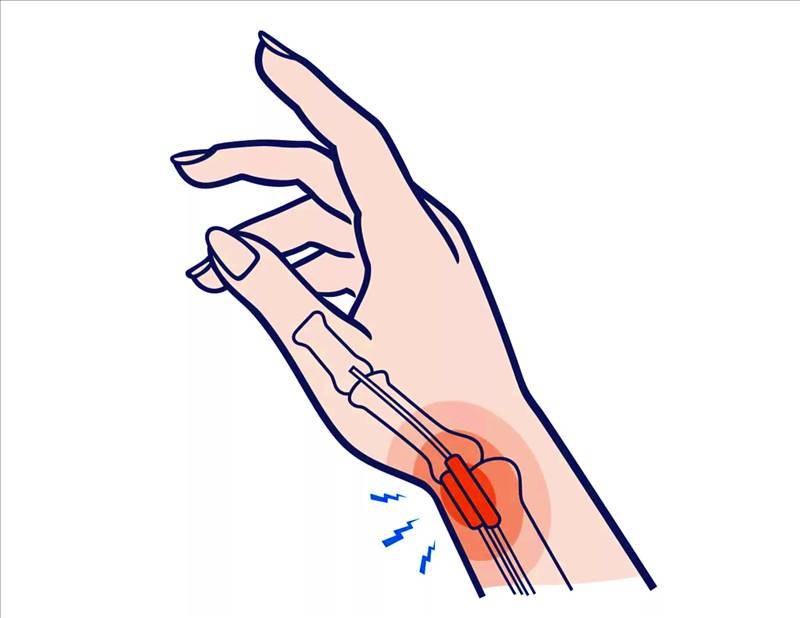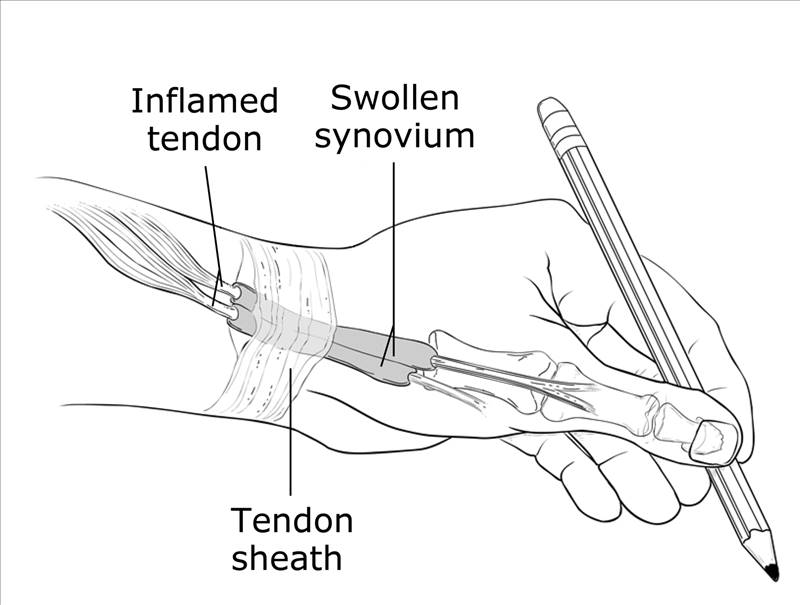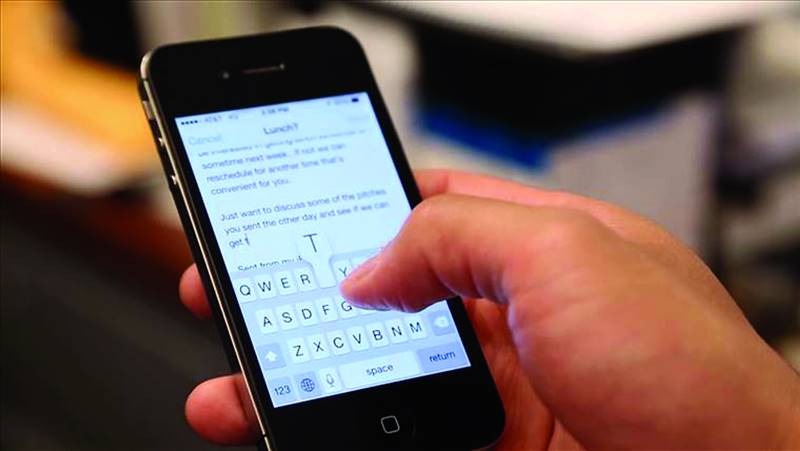
In my undergraduate program, one of the most exciting courses being taught by a somewhat eccentric and lovely man was titled “Science and Modern Civilization”. One of his most original lectures revolved around the evolution of humans with reference to dolphins. He purported that the dolphins, with comparable brain size – in fact, Bottlenose dolphins have even been observed to have bigger brains than humans – and a complex neocortex, could have been the dominant species on the planet. “So what stopped them?” he asked. Well, to him, the answer was simple. Control over fire gave birth to many compound effects on human civilization and led to countless other changes. Thus human brains evolved at a higher speed due to the new opportunities and challenges presented by this invention. This left dolphins behind as what Lori Marino, an expert on cetacean neuroanatomy at Emory University in Atlanta, refers to as “Earth’s second smartest creature”.
So, he said laughingly, the fact that they were underwater was a significant blow to their species’ development. And even if it were possible for them to make material progress, they were not in possession of one of the most essential tools for evolution – opposable thumbs. As Gennady Stolyarov II puts it, “without the opposable thumb, human beings might never have attained the highly civilized, sophisticated, and technological lifestyles that many of them enjoy today.”

Never before has that had more meaning to me than now.
Earlier in the year, I felt that movement of the thumb, and the part of the wrist connected to it, was difficult for me without discomfort. Thinking it was an injury forgotten by daily demands, I chose to ignore it.
A few months later, it became impossible to use the thumb without extreme pain. That is when I finally dragged myself to the doctor – a loathsome activity that no one is eager to carry out. The diagnosis was prompt and corroborated by a very tedious and painful MRI. Lying on one’s stomach (“like Superman” as the accommodating technician had ventured) with one hand strapped to the machine for 50-plus minutes is no picnic. Three days later, along with the results, the verdict of this curious ailment was finally in. It was (and still is) “de Quervain’s tenosynovitis.”
De Quervain’s tenosynovitis is a condition caused by the overuse of the wrist and hand and if “left untreated, the inflammation and progressive narrowing (stenosis) can cause scarring that further limits thumb movement,” a Harvard Medical School study finds. This is precisely what had happened in my case.

By the time the MRI was conducted, pockets of fluid all over the tendon and surrounding tissue could be seen. The only solutions offered were limiting the movement of the thumb through a special splint called a “thumb-spica splint” which prevents the wrist and lower joints of the thumb from engaging in movement. This was to be worn for at least a month with complete rest, ice packs and anti-inflammatory medication. When that proved ineffective, Steroid/Cortisone shots were introduced. A word about those here is imperative. The shots, delivered straight into the bony part of the wrist right below the thumb with a giant needle, are no laughing matter.
If the aforementioned does not work, there is no other option but surgery to “open the sheath and make more room for the tendons” informs Harvard Medical School. I, fortunately, haven’t gotten to that part of the long-running Urdu drama serial that this condition can become if one (I’m looking sheepishly at me) lets it go untreated and keeps carrying on with life as usual “with some pain”.
The results of such behavior include but are by no means limited to the curbing of simple everyday tasks. Typing becomes a tedious “text to speech” chore and then a single-handed editing process, which makes you look like someone’s grandmother. That is, if one doesn’t break the computer first when shouting “problematic” for the umpteenth time, resultsing in the appearance of the word “traumatic” on the screen – which it undoubtedly is.
Ever tried to open a bottle or jar without the other hand there to hold it while you twist? I have. It requires one to take a seat, grasp the desired beverage with the legs and proceed to look like an idiot when all you want is some water (I have since severed all contact with twist-top bottles). Opening doors with books, plates or what have you in hand – simply out of the question. Yoga and I are now effectively on a break till the doctor gives us his blessing to meet. Running and I have decided to just be friends and see where it goes. And let’s not forget the sheer indignity of needing your father to cut your steak as a full-grown adult. The horror. I can only dream of spending a day when I don’t swear at least a dozen times when I use the not-so-favourite hand to do something like before. The pain is a reminder that comes too late.
Unquestionably de Quervain’s looks like a small issue but it affects the patient’s whole daily routine with a vengeance if ignored. But what is the prevention with the cure being so long-drawn and painful?
Harvard Medical School points out “overuse of the wrist and hand is one of the chief culprits” (although other factors like injury, pregnancy, rheumatoid disease and diabetes also put the individual at risk). The condition is seen more and more as people gain unlimited access to computers, cell phones and other technology that our bodies have not yet had time to evolve to. In my case, it was typing non-stop for a couple of days to turn in research.
So, here we are, ironically beaten by our own technological progress. I can hear a dozen dolphins laughing hysterically in my head.
Another primary culprit is cell phone use. A study of 300 students conducted by Ziauddin College of Physiotherapy, Karachi, established a positive association with frequent texting. It was observed that 42% of students were experiencing pain in the thumb/wrist. Using the Finkelstein Test (used to diagnose de Quervain’s tenosynovitis), the study found “that as the frequency of mobile phone usage increased progressively more and more people showed positive Finkelstein Test.” Moreover, “almost half of the students use their mobile phones for texting more than 50 SMS per day, and because of their mobile keypads and high speed of texting, they experienced pain and weakness over the base of the thumb/wrist.”
A study of 110 mobile phone users carried out by the Sheikh Zayed Medical College, Rahim Yar Khan, also found that 40% of subjects suffered from thumb pain. Tellingly it is sometimes referred to as “texting thumb”, “smartphone thumb”, “Nintendinitis”, “Playstation thumb” and “iPhone Thumb” among countless others. “Activities like golf, racket sports and lifting” are also increasingly putting people at risk, informs Mayo Clinic. I hear more dolphins snickering all the way from the ocean.
With 153,986,607 cellphone users (World Bank Metadata), people regularly on their computers for work and frequent internet users (16% of the population, according to World Bank Metadata) in Pakistan at immediate risk, it is essential to spread more awareness. Conditions like this are also highly likely to be magnified in the coming generations, with children starting to overuse technology at a very young age. I mean, I’ve even seen cats playing games on iPads. It is imperative that the population is better educated on the mounting risks faced by our bodies (eyes, backs, necks, wrists, thumbs, etc.), resulting from our fast-evolving lifestyle choices. Indeed the rule of thumb should be that the use of such devices should be limited to need – not want.
However, in the interest of a balanced view and to end on a positive note: while sporting a splint and sling, I have had more doors opened and seats offered in a country where people have all but forgotten the word “chivalry” than in my entire life. I still miss my thumb, though.
So, he said laughingly, the fact that they were underwater was a significant blow to their species’ development. And even if it were possible for them to make material progress, they were not in possession of one of the most essential tools for evolution – opposable thumbs. As Gennady Stolyarov II puts it, “without the opposable thumb, human beings might never have attained the highly civilized, sophisticated, and technological lifestyles that many of them enjoy today.”

Never before has that had more meaning to me than now.
Earlier in the year, I felt that movement of the thumb, and the part of the wrist connected to it, was difficult for me without discomfort. Thinking it was an injury forgotten by daily demands, I chose to ignore it.
A few months later, it became impossible to use the thumb without extreme pain. That is when I finally dragged myself to the doctor – a loathsome activity that no one is eager to carry out. The diagnosis was prompt and corroborated by a very tedious and painful MRI. Lying on one’s stomach (“like Superman” as the accommodating technician had ventured) with one hand strapped to the machine for 50-plus minutes is no picnic. Three days later, along with the results, the verdict of this curious ailment was finally in. It was (and still is) “de Quervain’s tenosynovitis.”
De Quervain’s tenosynovitis is a condition caused by the overuse of the wrist and hand and if “left untreated, the inflammation and progressive narrowing (stenosis) can cause scarring that further limits thumb movement,” a Harvard Medical School study finds. This is precisely what had happened in my case.

By the time the MRI was conducted, pockets of fluid all over the tendon and surrounding tissue could be seen. The only solutions offered were limiting the movement of the thumb through a special splint called a “thumb-spica splint” which prevents the wrist and lower joints of the thumb from engaging in movement. This was to be worn for at least a month with complete rest, ice packs and anti-inflammatory medication. When that proved ineffective, Steroid/Cortisone shots were introduced. A word about those here is imperative. The shots, delivered straight into the bony part of the wrist right below the thumb with a giant needle, are no laughing matter.
If the aforementioned does not work, there is no other option but surgery to “open the sheath and make more room for the tendons” informs Harvard Medical School. I, fortunately, haven’t gotten to that part of the long-running Urdu drama serial that this condition can become if one (I’m looking sheepishly at me) lets it go untreated and keeps carrying on with life as usual “with some pain”.
The condition is seen more and more as people gain unlimited access to computers, cell phones and other technology that our bodies have not yet had time to evolve to
The results of such behavior include but are by no means limited to the curbing of simple everyday tasks. Typing becomes a tedious “text to speech” chore and then a single-handed editing process, which makes you look like someone’s grandmother. That is, if one doesn’t break the computer first when shouting “problematic” for the umpteenth time, resultsing in the appearance of the word “traumatic” on the screen – which it undoubtedly is.
Ever tried to open a bottle or jar without the other hand there to hold it while you twist? I have. It requires one to take a seat, grasp the desired beverage with the legs and proceed to look like an idiot when all you want is some water (I have since severed all contact with twist-top bottles). Opening doors with books, plates or what have you in hand – simply out of the question. Yoga and I are now effectively on a break till the doctor gives us his blessing to meet. Running and I have decided to just be friends and see where it goes. And let’s not forget the sheer indignity of needing your father to cut your steak as a full-grown adult. The horror. I can only dream of spending a day when I don’t swear at least a dozen times when I use the not-so-favourite hand to do something like before. The pain is a reminder that comes too late.
Unquestionably de Quervain’s looks like a small issue but it affects the patient’s whole daily routine with a vengeance if ignored. But what is the prevention with the cure being so long-drawn and painful?
Harvard Medical School points out “overuse of the wrist and hand is one of the chief culprits” (although other factors like injury, pregnancy, rheumatoid disease and diabetes also put the individual at risk). The condition is seen more and more as people gain unlimited access to computers, cell phones and other technology that our bodies have not yet had time to evolve to. In my case, it was typing non-stop for a couple of days to turn in research.
So, here we are, ironically beaten by our own technological progress. I can hear a dozen dolphins laughing hysterically in my head.
Another primary culprit is cell phone use. A study of 300 students conducted by Ziauddin College of Physiotherapy, Karachi, established a positive association with frequent texting. It was observed that 42% of students were experiencing pain in the thumb/wrist. Using the Finkelstein Test (used to diagnose de Quervain’s tenosynovitis), the study found “that as the frequency of mobile phone usage increased progressively more and more people showed positive Finkelstein Test.” Moreover, “almost half of the students use their mobile phones for texting more than 50 SMS per day, and because of their mobile keypads and high speed of texting, they experienced pain and weakness over the base of the thumb/wrist.”
A study of 110 mobile phone users carried out by the Sheikh Zayed Medical College, Rahim Yar Khan, also found that 40% of subjects suffered from thumb pain. Tellingly it is sometimes referred to as “texting thumb”, “smartphone thumb”, “Nintendinitis”, “Playstation thumb” and “iPhone Thumb” among countless others. “Activities like golf, racket sports and lifting” are also increasingly putting people at risk, informs Mayo Clinic. I hear more dolphins snickering all the way from the ocean.
With 153,986,607 cellphone users (World Bank Metadata), people regularly on their computers for work and frequent internet users (16% of the population, according to World Bank Metadata) in Pakistan at immediate risk, it is essential to spread more awareness. Conditions like this are also highly likely to be magnified in the coming generations, with children starting to overuse technology at a very young age. I mean, I’ve even seen cats playing games on iPads. It is imperative that the population is better educated on the mounting risks faced by our bodies (eyes, backs, necks, wrists, thumbs, etc.), resulting from our fast-evolving lifestyle choices. Indeed the rule of thumb should be that the use of such devices should be limited to need – not want.
However, in the interest of a balanced view and to end on a positive note: while sporting a splint and sling, I have had more doors opened and seats offered in a country where people have all but forgotten the word “chivalry” than in my entire life. I still miss my thumb, though.

